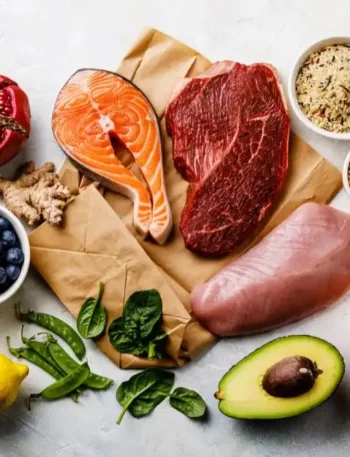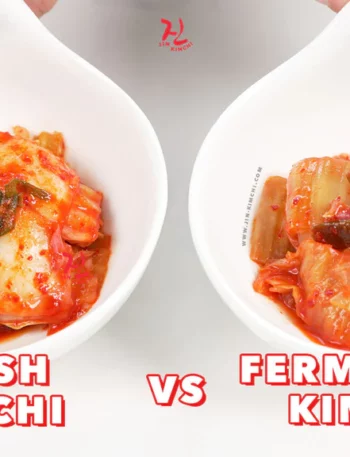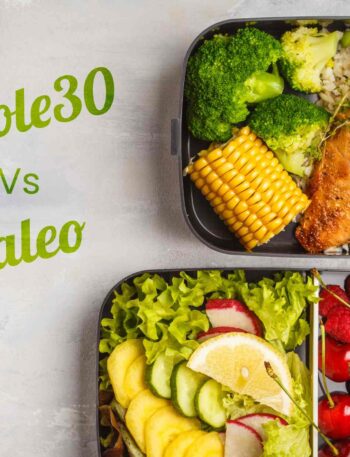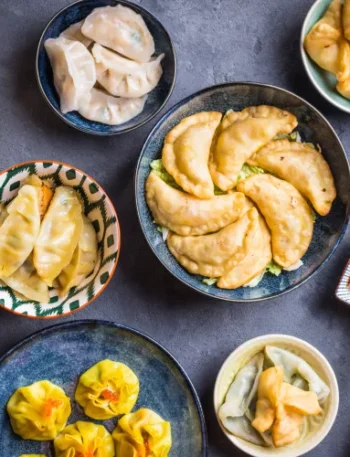When you’re feeling down, stressed, or even nostalgic, what’s the first thing that comes to mind? For many of us, it’s our favorite comfort food—a warm bowl of mac and cheese, a slice of gooey chocolate cake, or a bowl of hearty chicken soup.
But why do these foods have such a powerful hold on us? Is it just about their taste, or is there something deeper at play? The psychology behind comfort foods reveals that they are much more than meals; they’re a bridge to our emotions, memories, and even cultural roots.

What Are Comfort Foods?
Comfort foods are more than just indulgent treats—they’re meals that provide emotional satisfaction. They can evoke memories of childhood, family gatherings, or moments of warmth and security. For example:
- Macaroni and Cheese: A childhood staple in many households.
- Soup: Often associated with care during illness.
- Chocolate: A go-to for instant mood lifting.
These foods are often high in carbohydrates, fats, or sugars, which is no coincidence—they play a role in how we feel, as we’ll see next.
The Science of Comfort Food Cravings
Why do certain foods feel so comforting? The answer lies in a combination of biology, brain chemistry, and emotional triggers.
– Neurological Responses
When you eat comfort foods, your brain releases dopamine, a neurotransmitter linked to pleasure and reward. Sweet and fatty foods, in particular, trigger this response, giving us that “feel-good” sensation.
– Hormonal Effects
Stress increases cortisol levels in the body. Comfort foods can temporarily reduce cortisol and create a calming effect, making them an attractive choice during high-stress moments.
– Carbohydrates and Serotonin Production
Carbohydrate-rich foods like bread and pasta promote the production of serotonin, a neurotransmitter that stabilizes mood and induces relaxation. This is why people often crave carb-heavy dishes when they feel low.
Psychological Connections to Comfort Foods
The emotional and psychological ties we have to comfort foods run deep. These connections are often formed early in life and evolve over time.
- Nostalgia and Emotional Memories
For many, comfort foods are tied to childhood memories—like a grandmother’s apple pie or the soup your mom made when you were sick. These foods become symbols of care, love, and familiarity.
- Cultural Identity
Comfort foods often reflect our cultural roots. For example, miso soup might be comforting for someone raised in Japan, while a spicy curry might provide solace to someone with Indian heritage. These foods connect us to our identity and provide a sense of belonging.
- Stress and Emotional Eating
In times of stress, our brains naturally seek out foods that provide immediate gratification. Comfort foods, often calorie-dense and indulgent, fulfill this need, offering a temporary escape from negative emotions.
Examples of Comfort Foods Across Cultures
Comfort foods vary widely depending on cultural and regional influences:
- United States: Fried chicken, mac & cheese, mashed potatoes.
- Italy: Spaghetti carbonara, risotto, gelato.
- Japan: Ramen, miso soup, onigiri.
- India: Samosas, dal, khichdi.
- Mexico: Tacos, enchiladas, arroz con leche.
While the specific dishes may differ, the emotional comfort they provide is universal.
The Benefits and Downsides of Comfort Food Consumption
Benefits
- Emotional Relief: Comfort foods can help improve mood and reduce stress temporarily.
- Connection to Identity: They help reinforce cultural ties and personal memories.
Downsides
- Overeating Risks: Turning to comfort foods too often can lead to emotional overeating, creating a cycle of guilt and stress.
- Nutritional Concerns: Many comfort foods are high in sugar, salt, and unhealthy fats, which can impact long-term health if consumed in excess.
Tips for Satisfying Comfort Food Cravings Mindfully
Enjoying comfort foods doesn’t have to derail your health goals. Here are some ways to do it mindfully:
- Healthy Swaps:
- Instead of traditional mac & cheese, try a version made with whole-grain pasta and a lighter cheese sauce.
- Use natural sweeteners like honey or maple syrup for desserts.
- Mindful Eating:
- Savor each bite without distractions like TV or your phone.
- Pay attention to the flavors, textures, and how the food makes you feel.
- Portion Control:
- Serve yourself a smaller portion to enjoy the taste without overindulging.
- Balance Your Meals:
- Pair comfort foods with nutrient-dense sides like salads or steamed vegetables to create a balanced meal.
Comfort foods hold a unique place in our hearts and our diets. They provide warmth, nostalgia, and a temporary escape from stress.
By understanding the psychological and emotional factors behind our cravings, we can enjoy these foods mindfully and make them part of a balanced lifestyle.
The next time you reach for your favorite comfort food, take a moment to appreciate not just the taste but the memories and emotions it represents. After all, comfort foods are more than just meals—they’re a reminder of the care and joy that food can bring to our lives.









